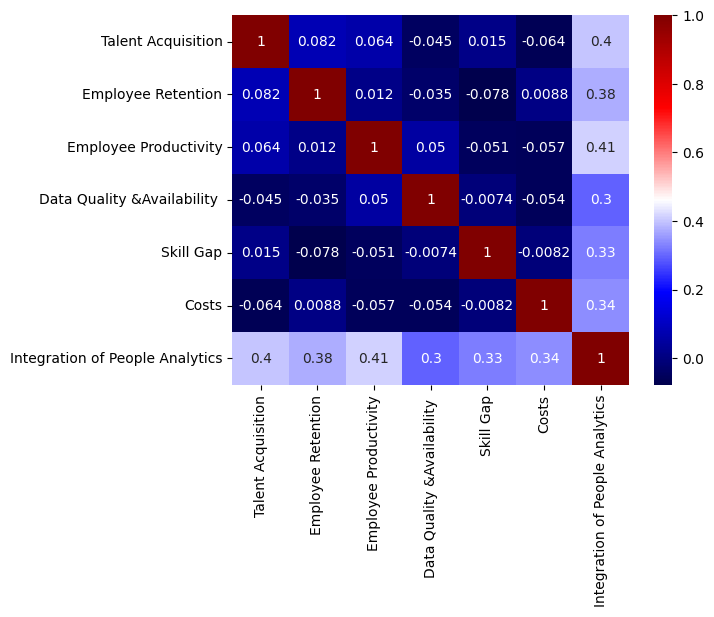The Drivers and Barriers of Adoption of People Analytics: A Review and Empirical Investigation
Keywords:
Adoption, Neural network, People analytics, SVM, Logistic regressionAbstract
The contemporary dynamic business climate puts immense pressure on the HR department to find strategies that promote company performance. People analytics may be a significant tool for Human resource professionals and industry leaders in a continuously changing business world. In order to make better decisions and boost productivity, People Analytics seeks and reveals insights into data about the workforce, then shares these findings with the relevant stakeholders. Despite the potential benefits of people analytics, some organizations may not be adopting it. There are several reasons why some organizations may not be adopting people analytics. The objectives of this research are twofold. First, attempt to identify and discusses the drivers and barriers to the adoption of people analytics by human resources departments. Second, we surveyed 390 Human resource professionals and used a feedforward neural network to classify the adopters and no-adopters. The findings of this study show that talent acquisition, employee retention, and employee productivity are the main drivers of adoption. The data availability and data quality, lack of skills to perform people analytics, and associated costs are the main barriers to people analytics adoption.




